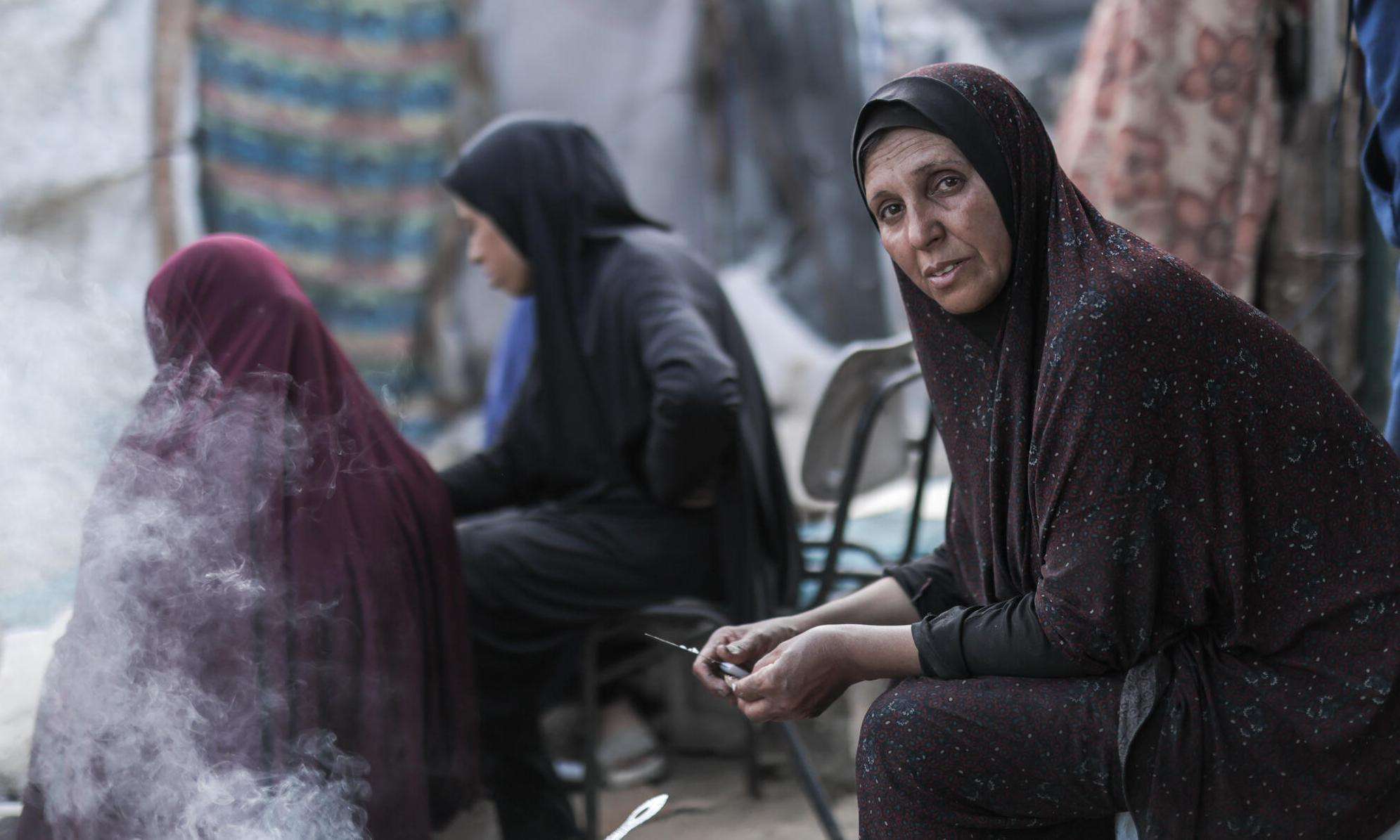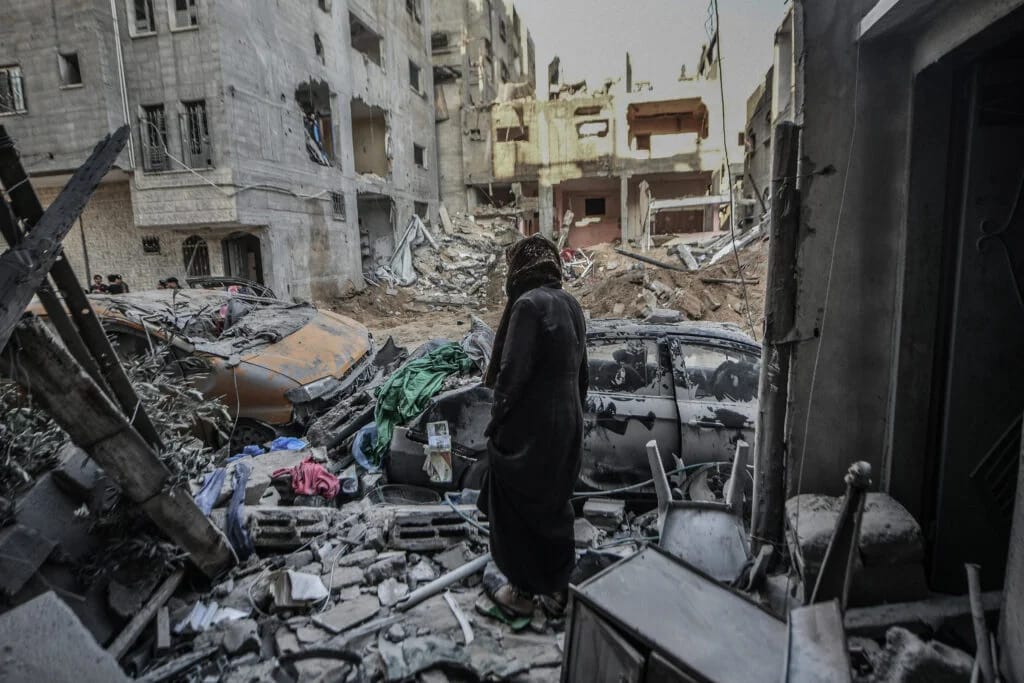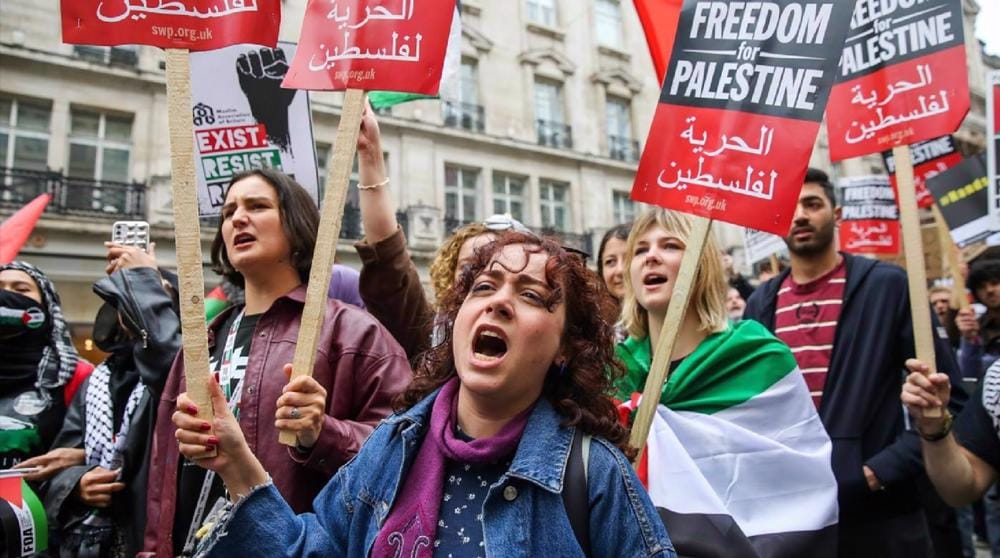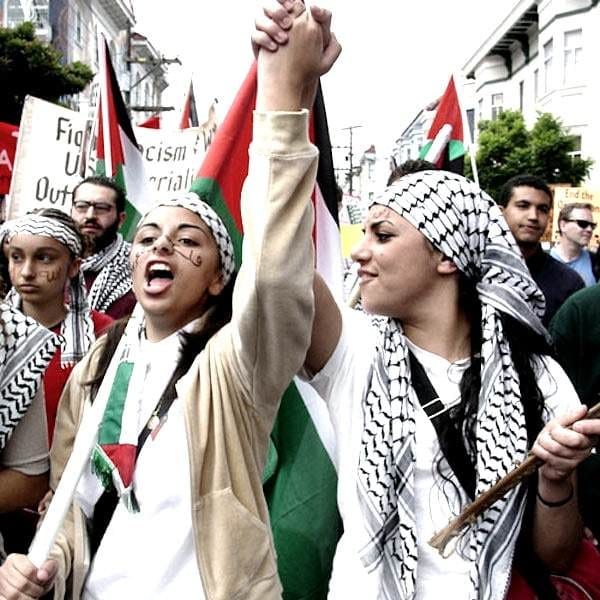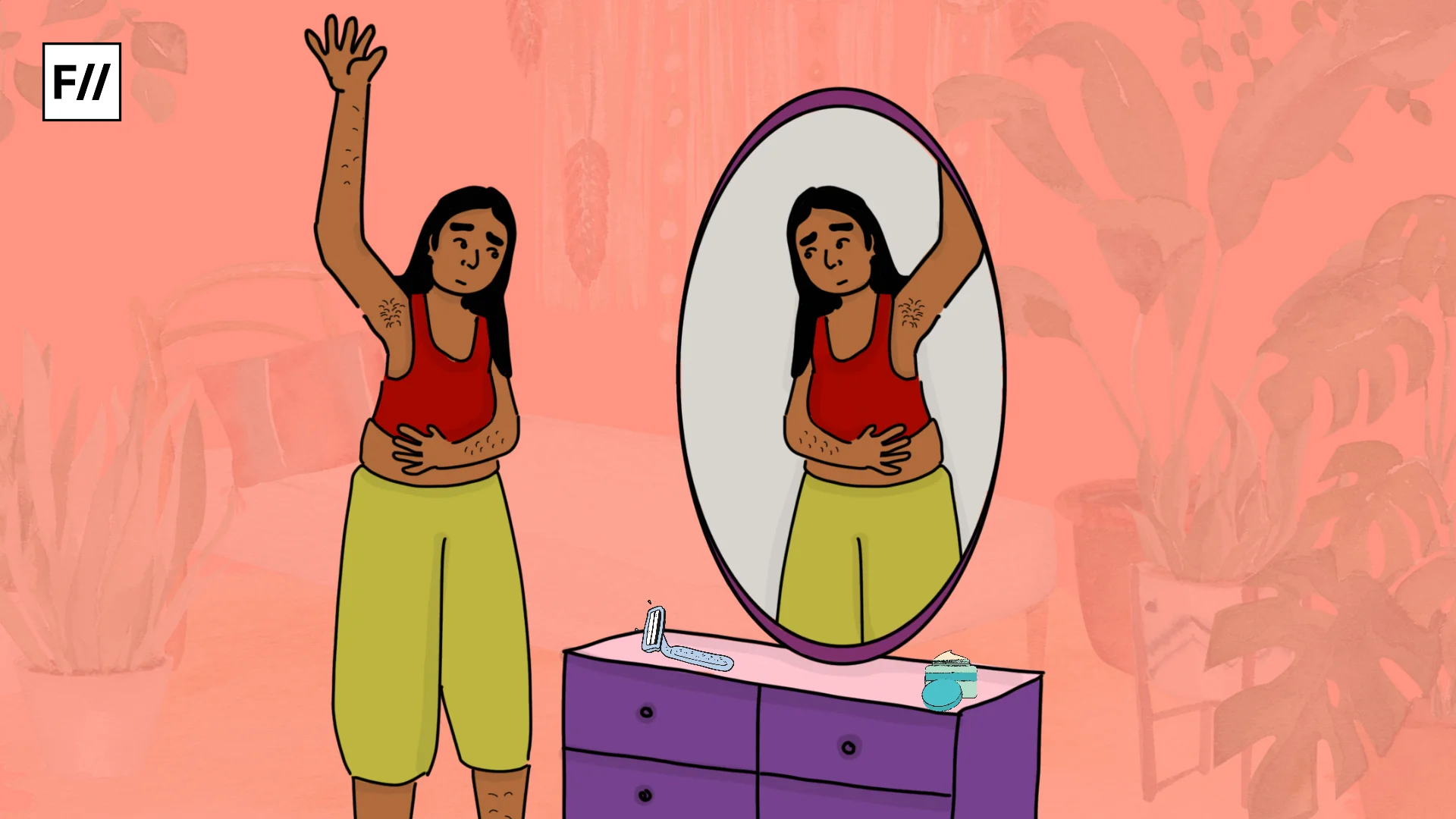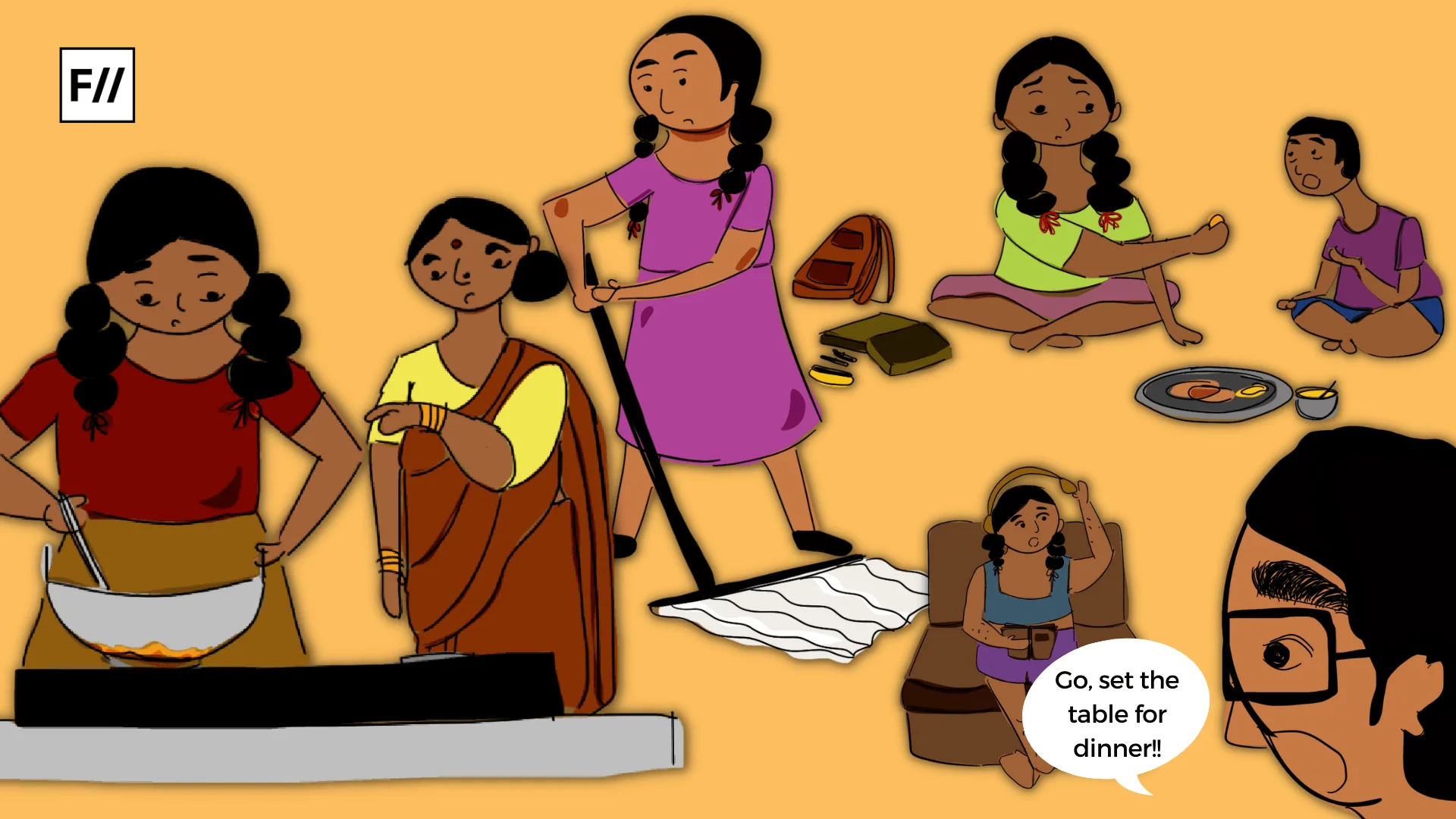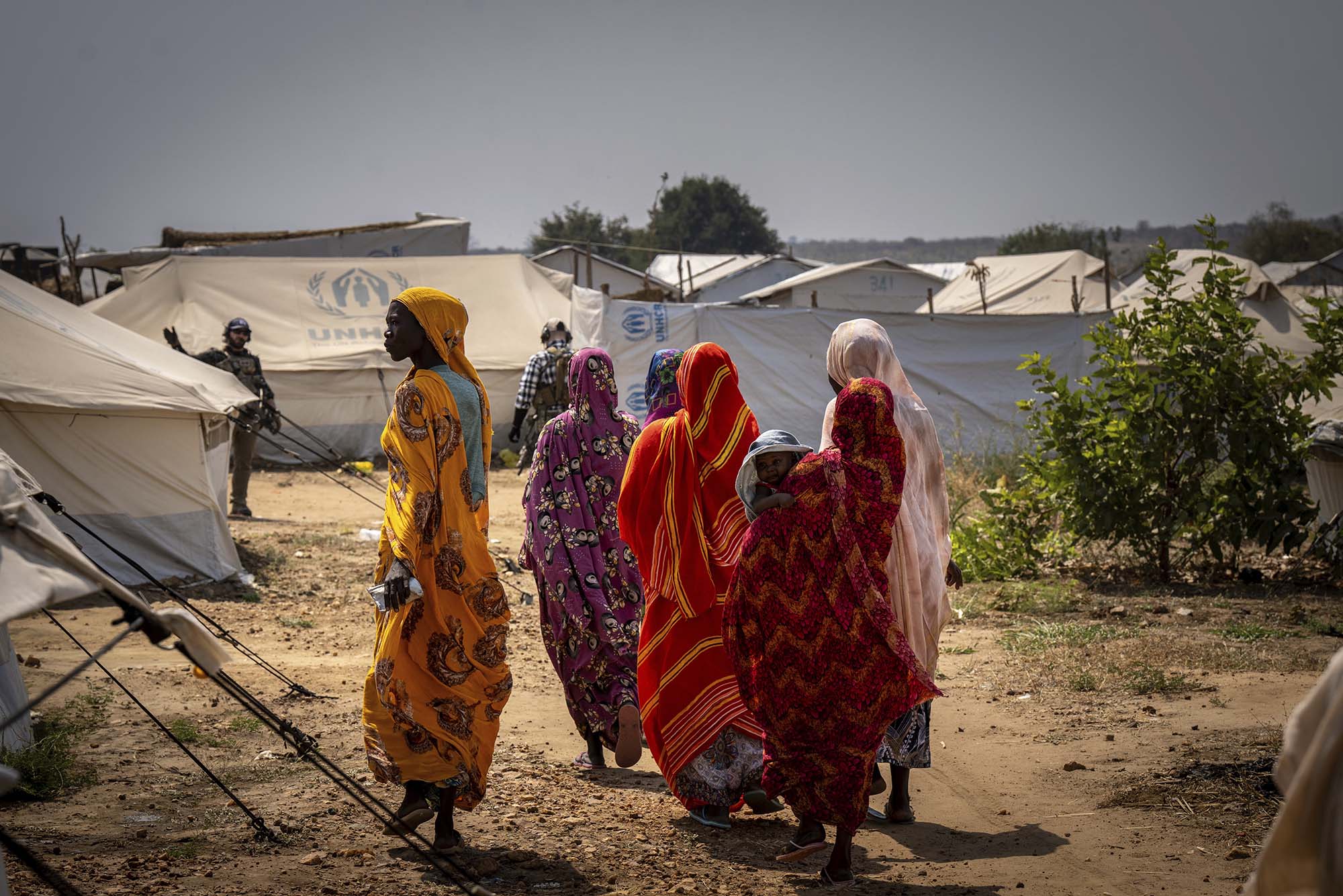Having one look at the history of wars and conflicts, one can see a pattern repeating of how women found themselves subjected to sexual violence at the hands of men, from harassment and assault to systemic rape and exploitation. This historical pattern finds a reflection in Gaza today as well.
Decades of political turmoil, systematic violence and occupation that the civilian population is subject to, economic and infrastructural hardships and humanitarian catastrophes have forged an identical environment that Palestinian women find themselves in as well. The ongoing conflict, compounded by repeated military offensives and strict blockades, has left large parts of the population displaced, impoverished, and reliant on international aid.
With societal mechanisms continually disrupted, state of living evermore volatile, limited access to basic necessities until late 2023 when life itself boiled down to nothing but survival, a population that is famine-stricken as reported by the World Health Organisation and are being victimised by a continuing genocide as concluded by the UN Independent International Commission of Inquiry on the Occupied Palestinian Territory, including East Jerusalem, and Israel, Palestinian women are forced into situations where their safety and dignity becomes vulnerable.
The Associated Press report: key highlights
Gaza has been subjected to repeated military offensives that crumble healthcare and food infrastructure, as well education, employment and the economy. UN reports capture that over 90% of Gaza’s population have been refugees at some point in their lives, and with an economy shattered by blockades that has generated the highest concentration of unemployment anywhere in the world, families are compelled to rely on humanitarian aid. In this crisis, women particularly are at disproportionate risk both economically and socially.
A recent investigation by the Associated Press reveals some disturbing accounts of sexual exploitation in Gaza, revealing how women are coerced into sexual interactions in exchange for access to basic necessities, from food and money to employment by local men amongst whom few were linked to aid organisations.
One survivor, who is a 38-year-old mother of six, describes how she was directed to a man who had promised a six-month employment contract with an aid agency. However, instead of taking her to a legitimate workplace, he drove her to an empty apartment and told her to remove her headscarf. She was then coerced into sexual activity with him. She told AP, ‘I had to play along because I was scared, I wanted out of this place.’
A woman recalls a man telling her, ‘Let me touch you,‘ while in other instances, the coercion was disguised through culturally acceptable phrases, such as offers of marriage or invitations to meet privately.
In some cases, the demands made by men were direct. A woman recalls a man telling her, ‘Let me touch you,‘ while in other instances, the coercion was disguised through culturally acceptable phrases, such as offers of marriage or invitations to meet privately. A 35-year-old widow told AP that phone calls from a local man began in October, about a year into the conflict. Initially, the questions were routine, asking about her husband and children, but they soon turned sexual, including inquiries about her underwear and her husband’s intimacy. After receiving multiple late-night sexual calls and no assistance, she eventually blocked him.
Palestinian psychologists who are working with women in Gaza also told AP that they handled dozens of cases in which men sexually exploited vulnerable women, few of whom became pregnant as a result.
The issue of underreported exploitation
There is an ongoing issue of underreported exploitation in Gaza, which is exacerbated by the intersection of sociocultural norms and violence. For instance, having sex outside of marriage is a social taboo and hence as a consequence amidst the ongoing sexual exploitation, women often face both psychological trauma and stigma.
In what’s called the “Tip of the Iceberg”, the AP investigation report only featured testimonies of 6 Palestinian women, all of whom requested anonymity due to fear of social stigma, consequences and potential ostracisation from their communities. Such cases of sexual coercion appeared to be widespread but rarely reported due to reasons given above which exemplifies the extreme sensitivity surrounding the topic of sexual exploitation in Gaza.
In conflict zones, avenues for reporting abuse often exist on paper but remain out of reach for those who fear stigma, retaliation, or disbelief.
In conflict zones, avenues for reporting abuse often exist on paper but remain out of reach for those who fear stigma, retaliation, or disbelief. This silence is evident in Gaza, where the AP investigation managed to document only six testimonies. The scarcity of accounts should not be mistaken for the scarcity of abuse, rather, it shows how difficult it is for survivors to step forward. What makes Gaza’s situation especially severe is the intersection of war, economic collapse, and mass displacement, conditions that magnify the risks of sexual exploitation and leave women with few safe options.
Causes and consequences
The humanitarian crisis in Gaza has been exacerbated by Israel’s ongoing offensive and the long-standing blockade, creating conditions in which exploitation thrives. Local groups point to the severe restrictions on movement, aid, and resources as key drivers of desperation, leaving many women with little choice but to depend on aid channels that can be manipulated for abuse.
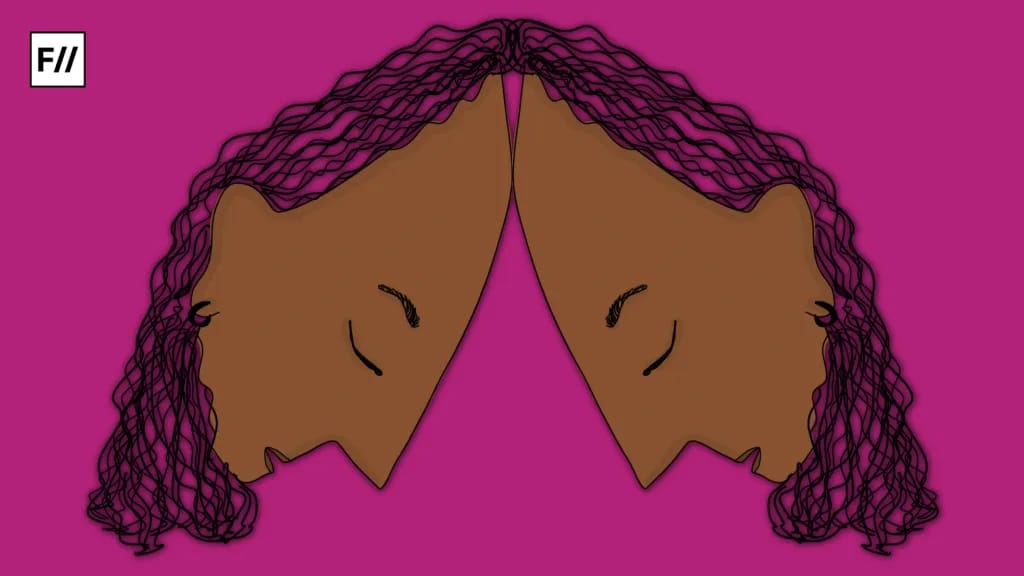
Gaza’s Health Ministry reports that more than 66,000 Palestinians have been killed since the outbreak of the latest war. It states that women and children comprise roughly half of those killed, underscoring the disproportionate impact of the violence. With families struggling to secure daily necessities, even minimal resources such as food, money, or access to work opportunities become lifelines.
Amal Syam, director of the Women’s Affairs Center in Gaza, emphasised that the blockade and siege have left women in positions of profound dependency. She says, ‘Israel’s siege on the Gaza Strip and the restrictions on humanitarian aid are what’s forcing women to resort to this.’
It is vehemently essential to also accept and address that the sexual violence being perpetrated against Palestinian women is not only restricted to local men’s violence, but is in fact found to be part of a documented pattern that includes cases involving Israeli forces, which makes this violence particularly alarming. In March of 2025, a United Nations human rights commission report concluded that Israeli security forces base sexual and gender-based violence against Palestinian women comprised a range of acts, that included forced nudity, sexual harassment, threats of rape, sexual assault and violence that occurred in occupied Palestine. The variability in locations, including homes, detention centres, during displacement and even in medical settings, speaks to and goes to unveil the systematic and widespread nature of these reported violations in Palestinian women’s lived experience.
Violence and vulnerability
The report by AP regarding sexual exploitation in Gaza highlights the immediate vulnerabilities of women in war-affected areas. Testimonies show that in dire situations involving war, displacement and economic crisis, women become victims of coercion and abuse, often from individuals who put themselves in a position of help. Although there is a global legal consensus that sexual violence in war constitutes a serious violation of human rights, it is apparent that women in Gaza face the consequences of such policies not being put into practice as it should have.
Women in Gaza demonstrate a larger, historical pattern that women are one of the most affected by war, whether by acts of violence or exploitation of their vulnerability. Documenting such atrocious acts and enabling survivor voices is necessary to sustain public interest in protecting women in situations of conflict.
About the author(s)
Mema is currently a Master's student at South Asian University (SAU). Hailing from Manipur, her lived experiences there have shaped a deep commitment to the feminist cause. She cares deeply about women and their future, which she tries to convey with her writing. She finds joy in reading, writing and cooking.
